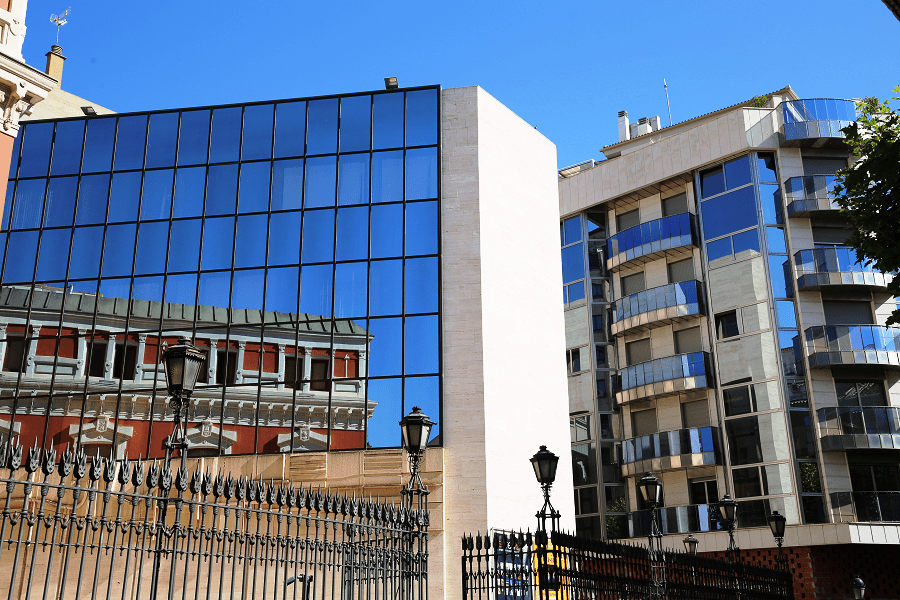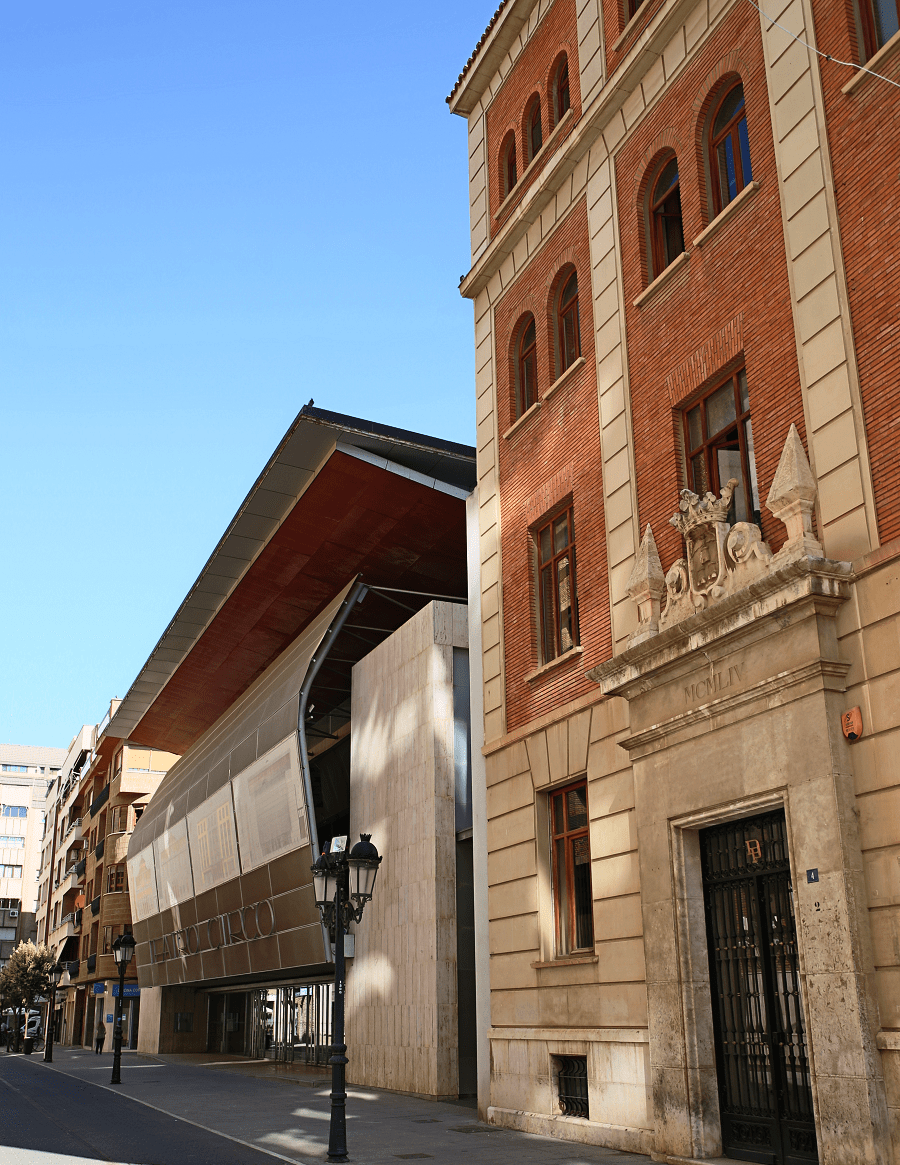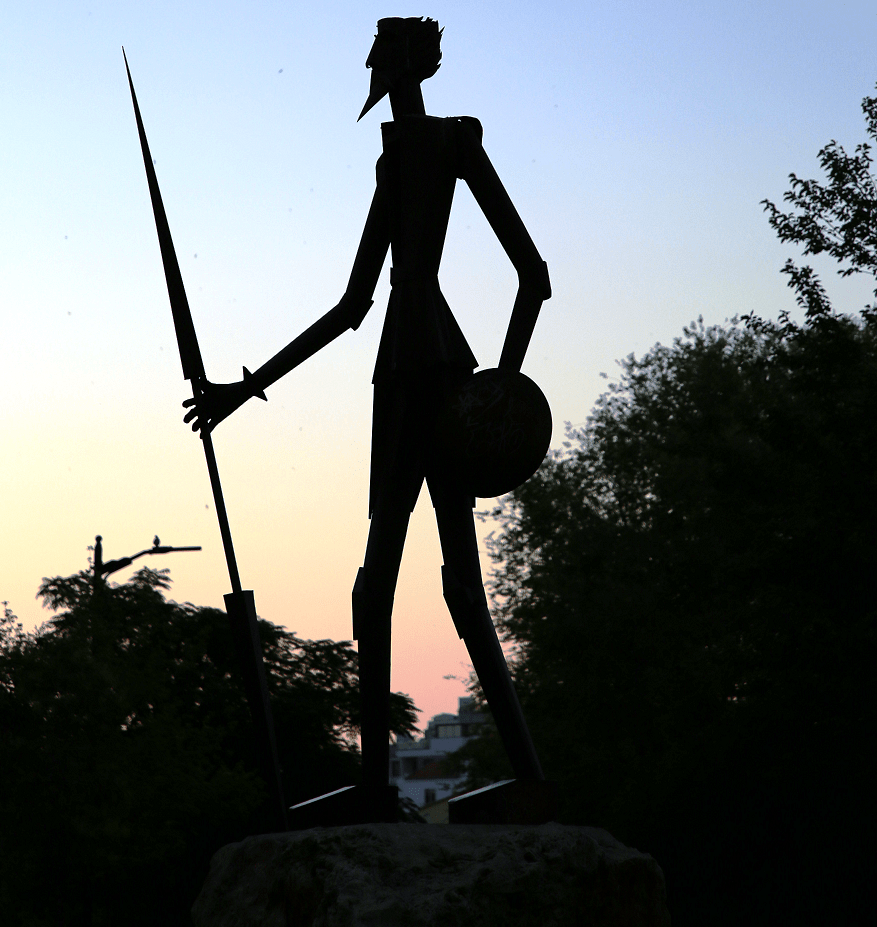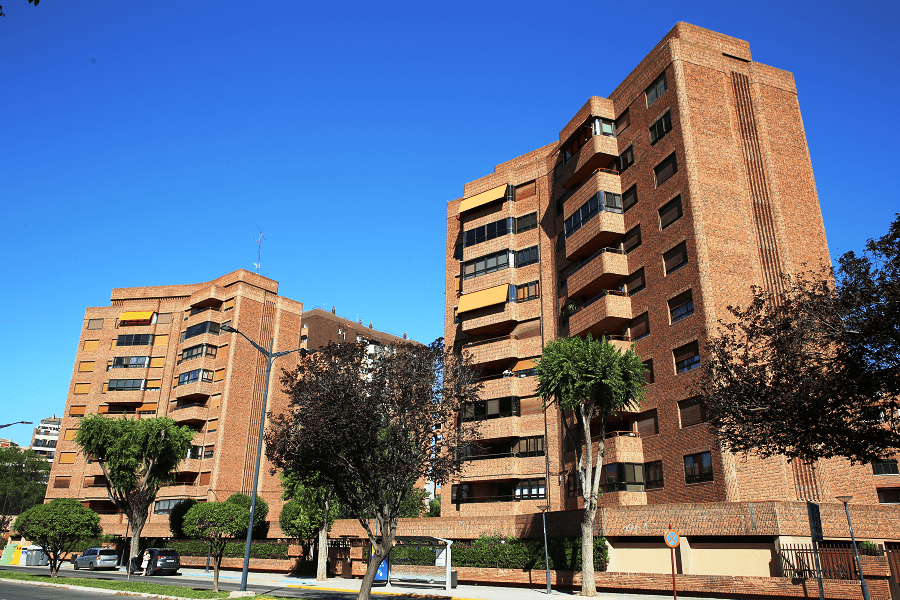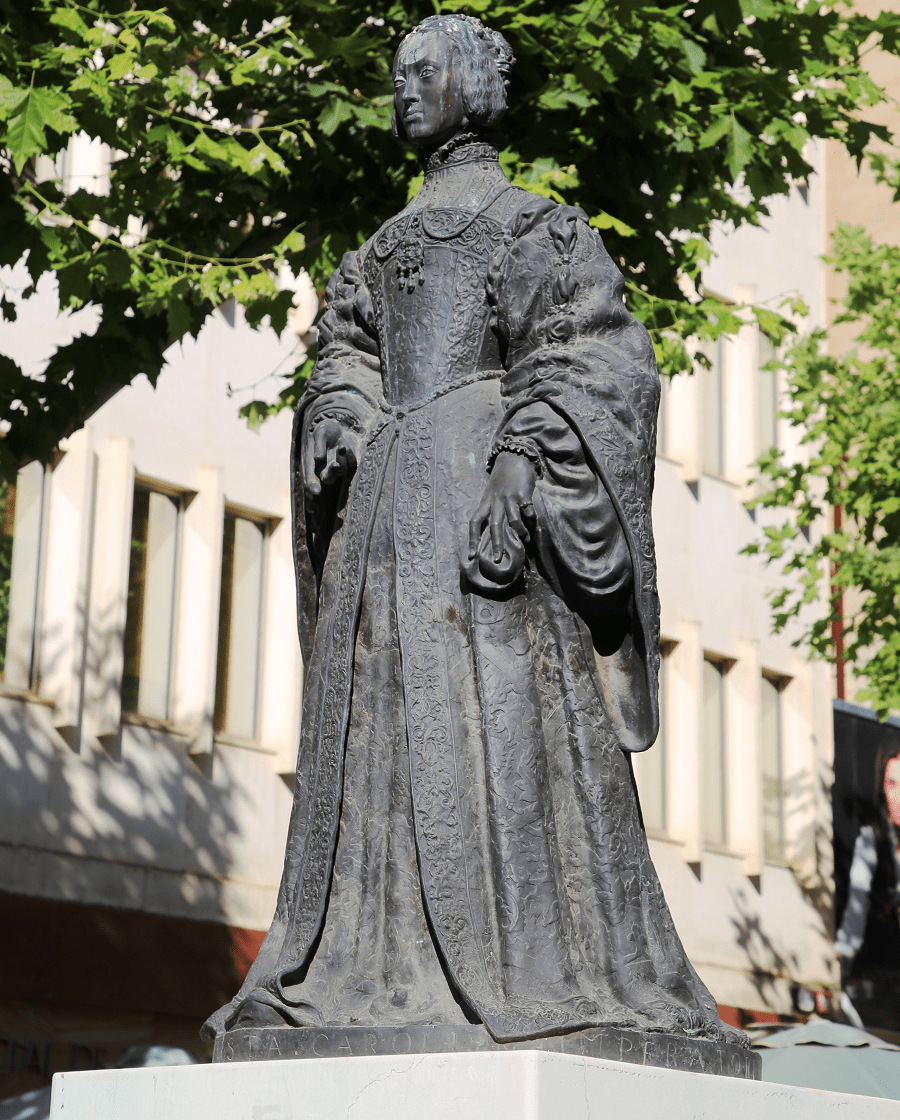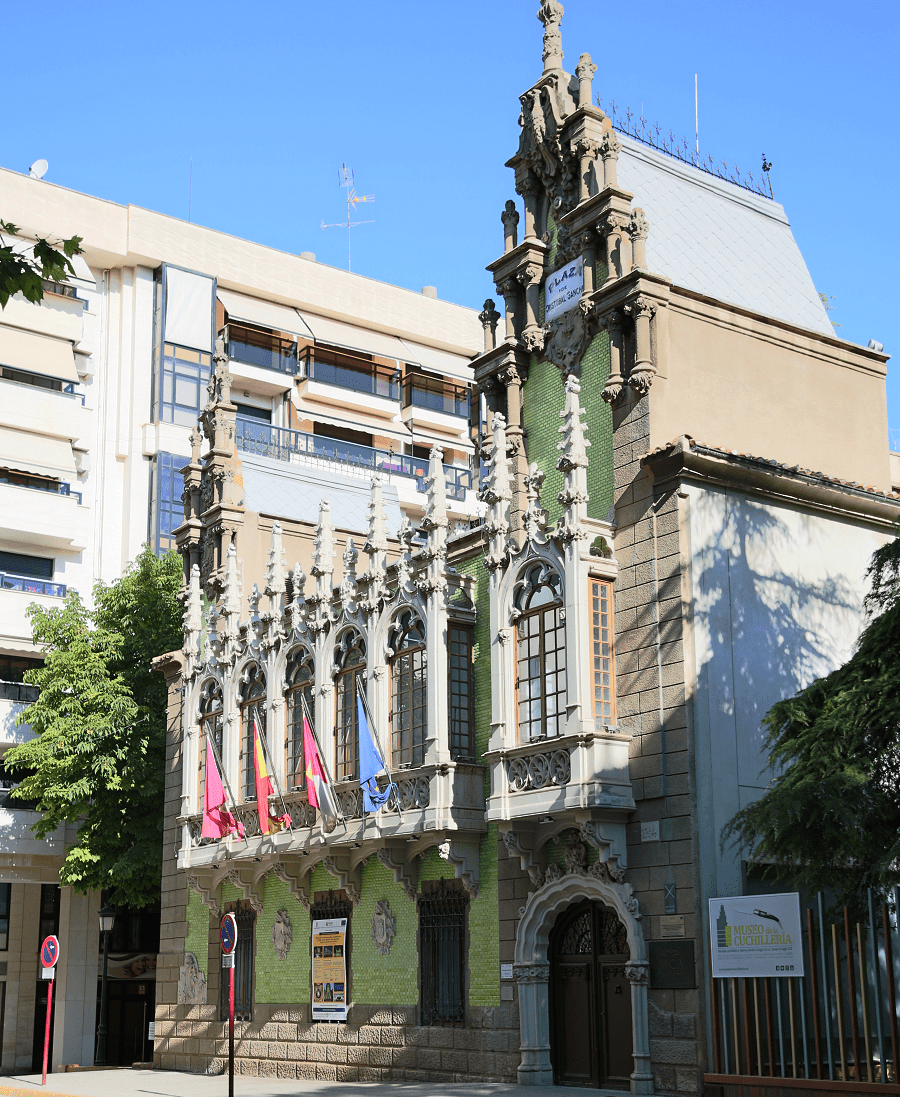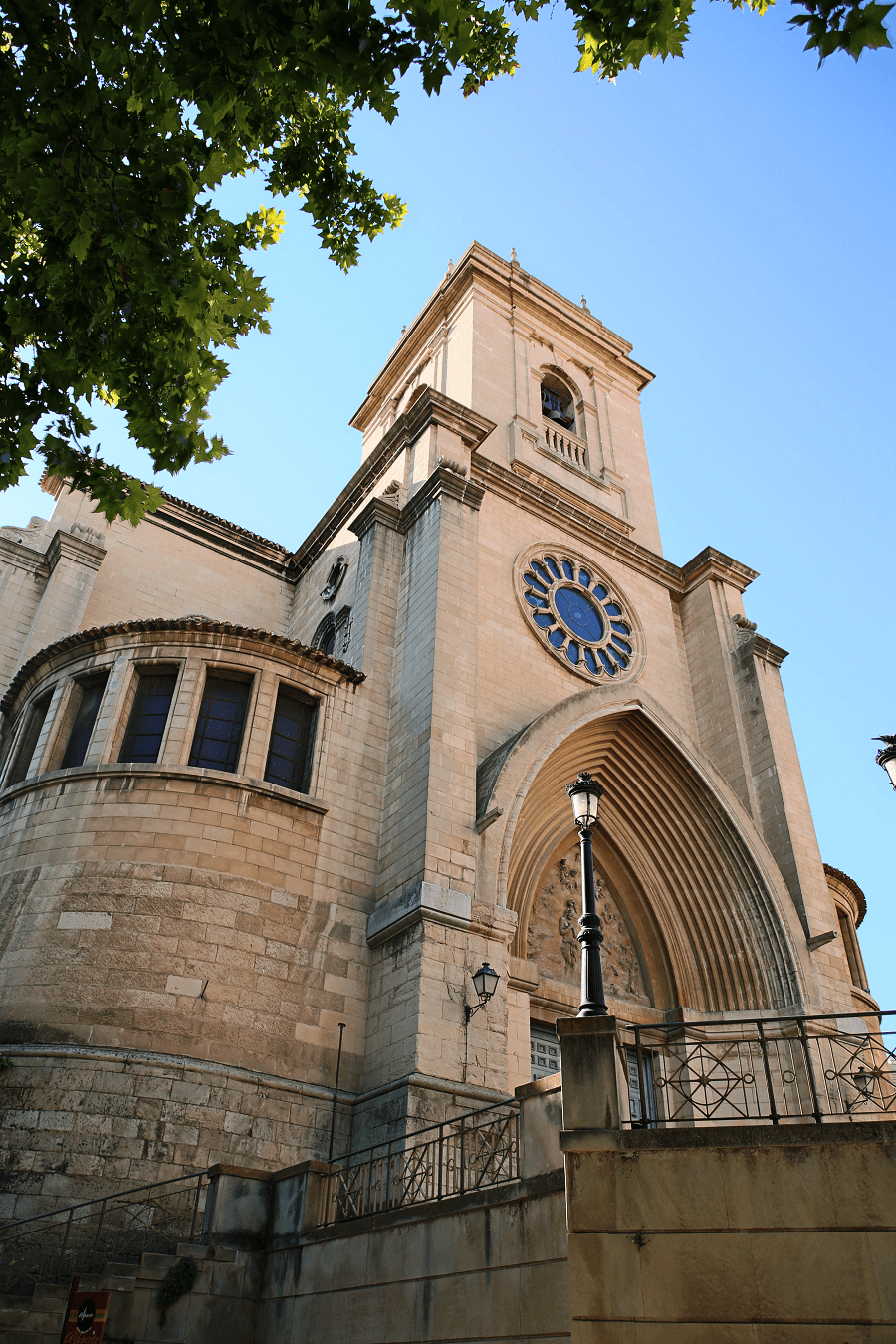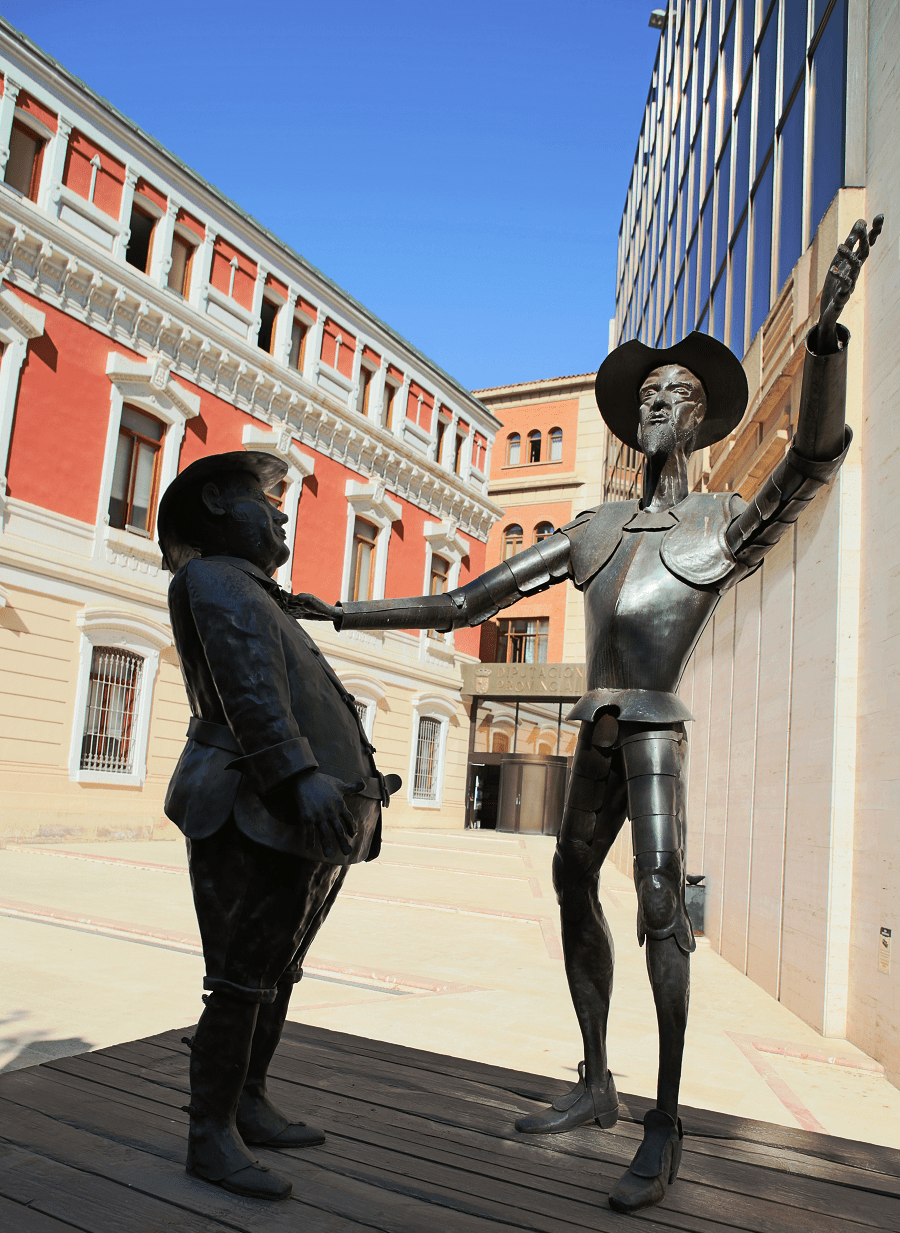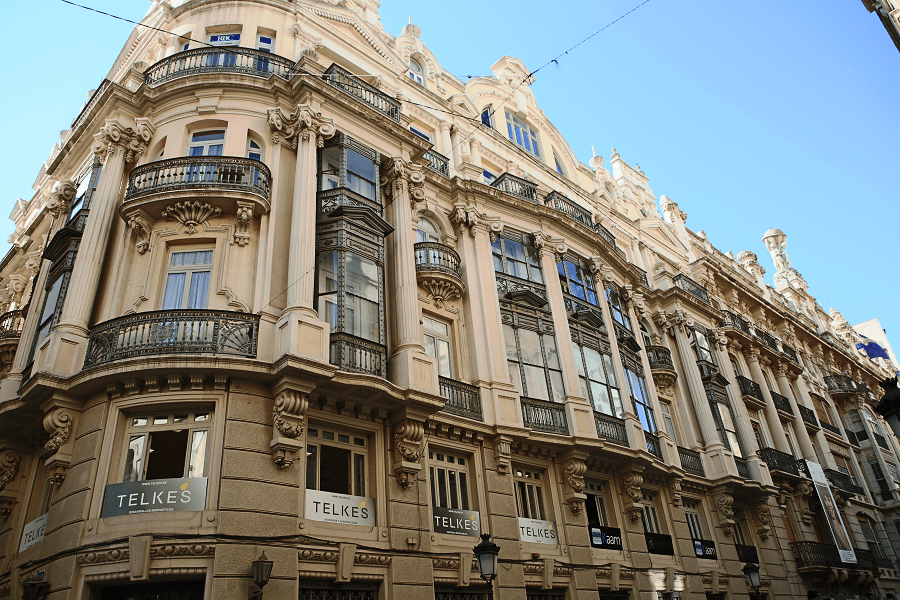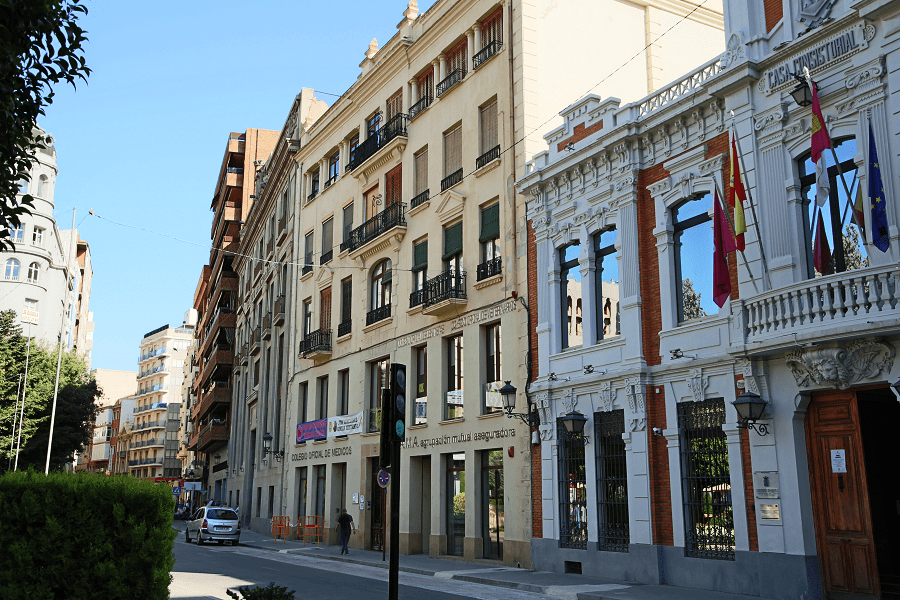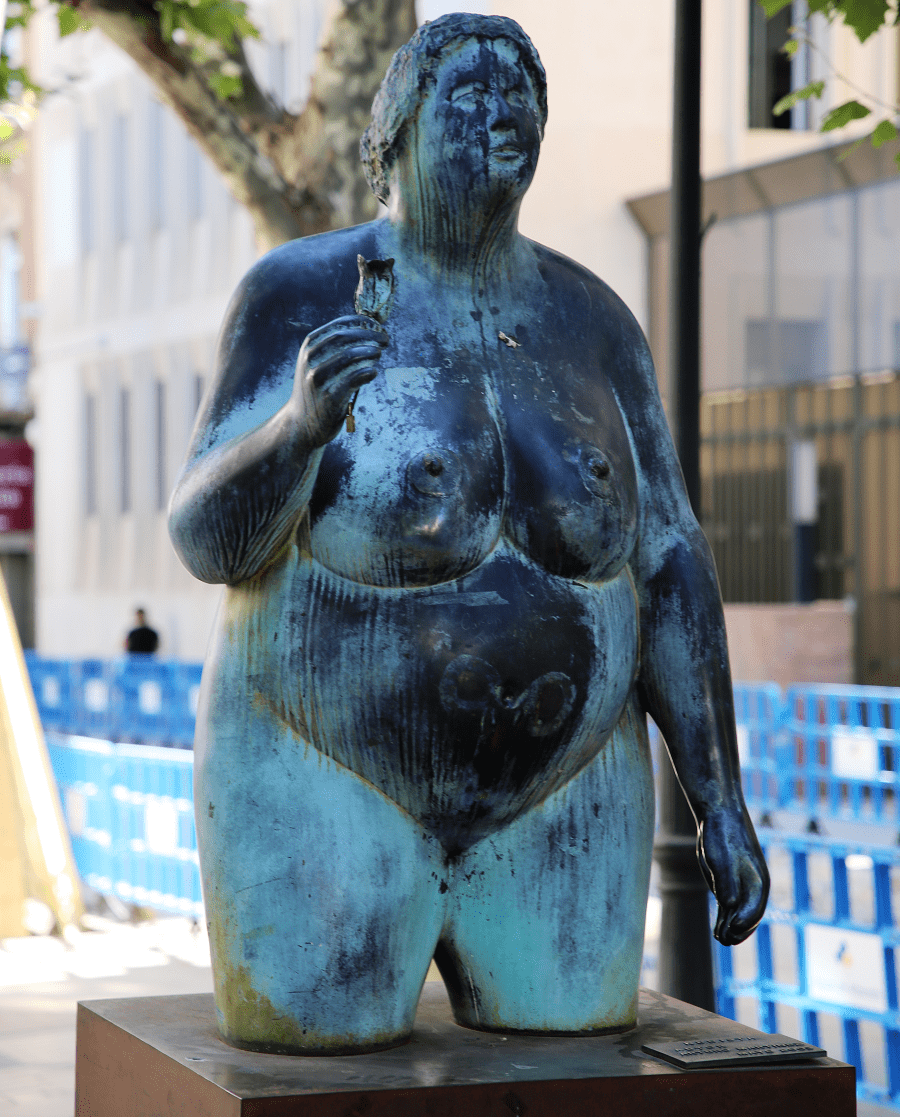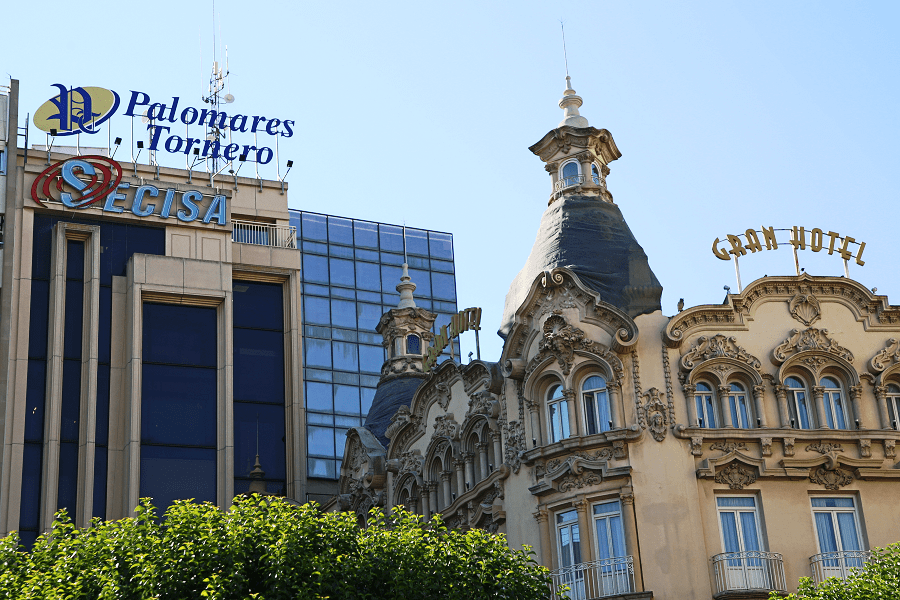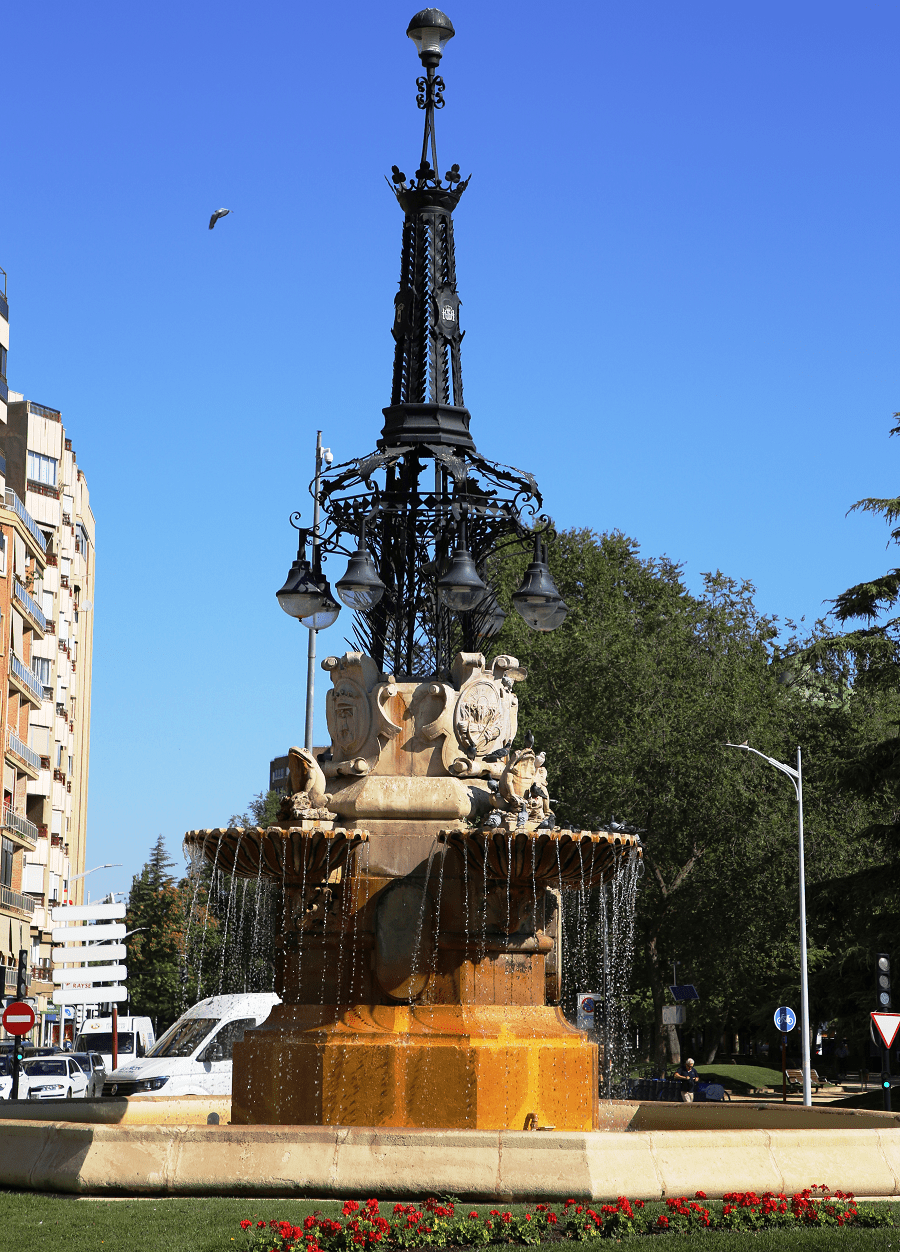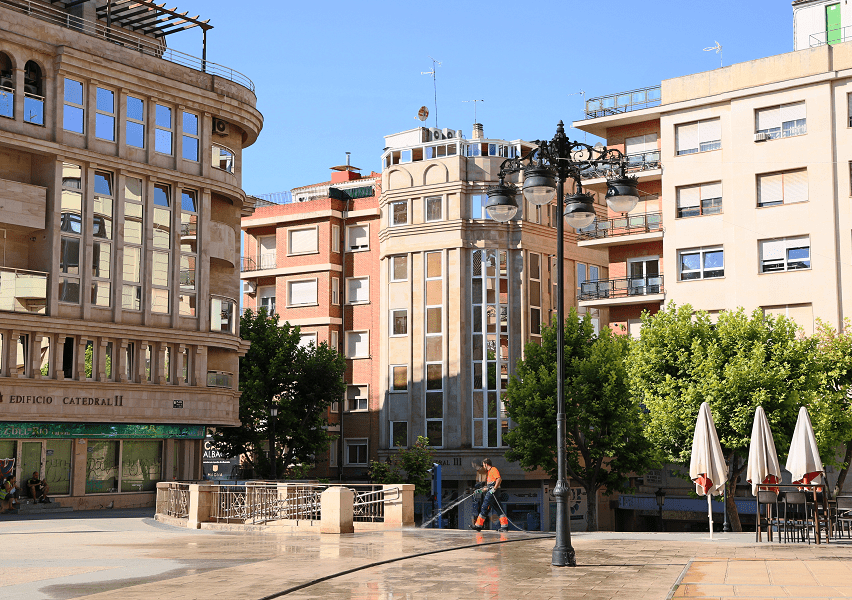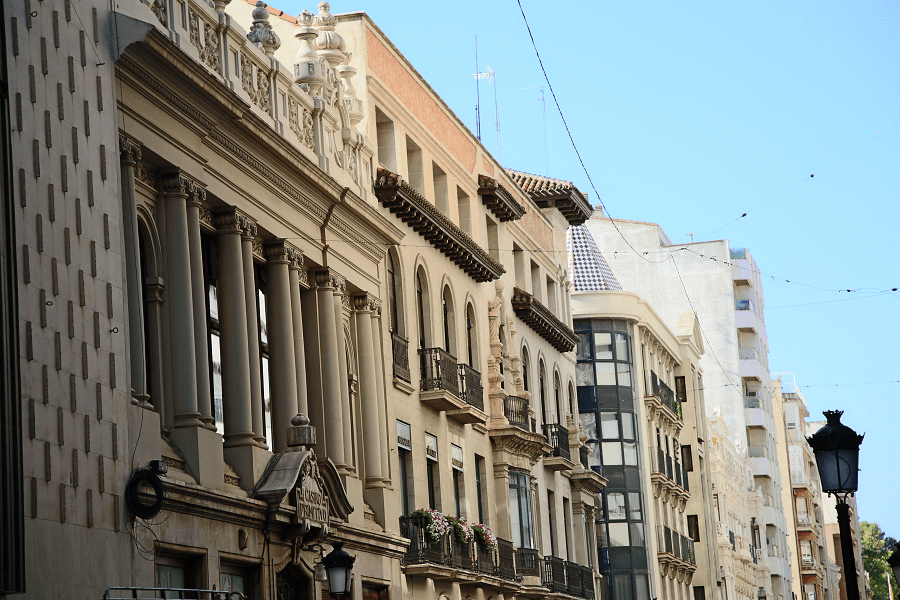Albacete is a city and municipality of Spain in the autonomous community of Castilla-La Mancha, capital of the homonymous province. It is the easternmost capital of Castilla-La Mancha, located to the southeast of the Iberian Peninsula in the middle of a vast countryside of high natural value near the San Blas hill, on which the medieval city of Chinchilla de Montearagón is located, in the historical region of La Mancha, specifically in the historical region of La Mancha de Montearagón, currently framed within the region of Los Llanos, of which it is its only municipality, in the Levante, at its westernmost limit.
It is by far the largest and most populated city in Castilla-La Mancha, with about 175 000 inhabitants, experiencing, since the middle of the 20th century, a very significant demographic growth. It is the most populated capital of the southern sub-plateau after Madrid and one of the most populated inland cities in Spain. Its metropolitan area, which amounts to 217,774 inhabitants, is the largest in Castilla-La Mancha and one of the thirty largest urban agglomerations in the country. The municipality of Albacete is the seventh largest in Spain, with 1125.91 km² .
Albacete is the most important city of Castilla-La Mancha, regional economic engine in Spain, economic and judicial capital of the autonomous community, seat of the Superior Court of Justice of Castilla-La Mancha, highest judicial body autonomic. The famous writer Azorín described in his poetry the city of Albacete as the «New York of La Mancha».
The origins of the city are uncertain – there are pre-Roman and Roman remains under it – although the first certainties of its existence are found in the 9th century during the Andalusian rule of the area, the city having been originally called البسيط Al-Basit, in Arabic “the plain” in reference to the flat character of the geography of the place.
Over the centuries, the city was gaining importance, being the object of historical events such as the battle of al-Luŷŷ (1146), the conquest of the castle of Albacete by Fernando III of Castile (1241), the lordship of Isabel de Portugal (1526-1539), the concession of a free fair by Felipe V (1710), the construction of the Real Canal de María Cristina by royal decree of Carlos IV (1805), its capital to the detriment of the historic Chinchilla de Montearagón (1833) , the establishment of the Royal Court of Albacete by María Cristina de Borbón-Dos Sicilias (1834), the transfer of the Government of Baldomero Espartero and his troops to Albacete (1843), the establishment of the Spanish Aviation Company (1923), the base of the International Brigades (1936-1938) or the bombing of the Condor Legion (1937).
Currently, Albacete is a modern capital, with large spaces for pedestrians and large green areas. In addition, its flat location and the elimination of architectural barriers have made it one of the cities with the greatest accessibility in the entire country, with the highest quality of life and one of the safest.
Albacete is a commercial and industrial city, reflected in its extensive commercial area that encompasses more than 556,723 people from 154 municipalities. Its strategic geographical location, halfway between Madrid and the Mediterranean coast, makes it the main logistical and of communications of the southeast of Spain, counting on important connections by highways, and by rail (including AVE services), as well as by air through its airport, which communicates it with various points of Spain and Europe.
Tourism and main attractions
Very important inland tourist destination, its historic center brings together unique and outstanding heritage values. Among its great most representative monuments are the Albacete Fairgrounds, the Cathedral of San Juan Bautista, the Bullring, the Circo Theater, the Provincial Palace, the Flour Factory, the Lodares Passage or the Water Tower.
Museums such as the Albacete Museum, the Cutlery Museum, the Municipal Museum, the International Museum of Popular Art of the World, the Botanical Garden of Castilla-La Mancha, the La Asunción Cultural Center or the José Saramago House of Culture stand out. Leisure is one of the hallmarks of the capital of Albacete, which has nightlife areas such as La Zona, El Campus or Los Titis.
Other of its great attractions in this regard are the traditional Tascas de la Feria or the traditional outdoor macro-market of Los Invasores. The Albacete cutlery and especially the Albacete pocket knife are a symbol of the city, which will be the World Capital of Cutlery in 2022.
The city is also a part of the The Don Quixote Route.
Festivities
Albacete Fair
From 7 to 17 September, the Fair Albacete takes place. It is the “biggest party” in the Albacete calendar. In 2010, the third anniversary of the declaration of free fair was held by Felipe V, although it several centuries ago and celebrated is held in honor of the patron saint of the city, the Virgin of Los Llanos, and is accompanied by one of the most important bullfights calendar national.
Feast of San Juan
In the days before 24 June, the feast of John the Baptist pattern of Albacete, the festival is held in his honor. These are accompanied by cultural, sporting and leisure activities in various parts of the city.
Easter
Between Palm Sunday and Easter Sunday is held in Albacete Easter, in which the various brotherhoods in processions through the city, accompanied by the steps and the touch of bugles and drums.
Carnival
The day before the Ash Wednesday Thursday celebrates the Day Mona, where traditionally families will eat the mona to Park the Tree Festival or suburban park of The Pulgosa, where children’s activities are also held.
Cuisine and the best restaurants
While traditional Spanish cuisine is fused with Levantine and Mancha influences, Albacete cuisine is rich and varied.
It stresses the dish of Gazpachos Mancha with game meat, the breadcrumbs ruleras, pastor porridge (with fresh bacon and pebbles or millet flour), the manchego ratatouille or wet during the summer time, combining tomato and pepper, beans with partridge or popular atascaburras whose base is the egg, oil and cod, and which dates back to the cold winters La Mancha Albacete, as well as the garlic mataero.
Albacete cuisine is based on the finest ingredients such as meat manchego lamb (which has a PGI) and the manchego cheese (that is name of protected source) or wines (DO La Mancha, DO Almansa, OJ Manchela), whose derivatives create delight diners as crook, the zurracapote, the Marc or dove.
As for desserts, the most important is the miguelitos La Roda, flowers and chips, made from flour, eggs, sunflower oil, sugar, dry anise and rosemary honey.
There are five Michelin list restaurants in the city:
- Caldereros, Caldereros 13, 30 – 50 EUR • Traditional Cuisine
- Asador Concepción, Concepción 5, 20 – 55 EUR • Traditional Cuisine
- Nuestro Bar, Alcalde Conangla 102, 18 – 50 EUR • Regional Cuisine
- El Callejón, Guzmán el Bueno 18, 35 – 50 EUR • Traditional Cuisine, Spanish Cuisine
- Don Gil, Baños 2, 35 – 55 EUR • Traditional Cuisine
Shopping
Albacent shopping center was first opened in 1996, was extended in 2004 and renovated in 2008, and had reached 76% occupancy by year-end 2015. 75 shops arranged over two floors and 1,223 parking spaces.
How to get to?
City buses
The city has 10 lines of bus urban (7 of them daily). The buses have a red and white corporate color. Albacete capital currently has 28 vehicles. One of the buses is the model “Labobús”, i.e. a modern vehicle with data storage and powered by solar panels. The stop frequency time is 11 minutes a day most lines. The extensive municipality of Albacete has regular bus lines that connect the city from the bus terminal, with major centers.
Intercity buses
The Bus Station Albacete, managed by EMISALBA (Municipal Infrastructure and Services Albacete SA), is located in the northwest of the city, it has 13,950 m2 (parking included). From the terminal, Albacete has connections through regular intercity bus lines to cities of Valencia, Murcia , Madrid, Catalonia, Andalusia, Extremadura, besides having connections with the major cities of Castilla–La Mancha and municipalities throughout the Albacete.
Railway
The Albacete-Los Llanos railway station is located on the street Federico García Lorca, very close to the A-31. Inaugurated in 2010, it has extensive shopping and leisure. From the new station ADIF the capital has a wide range of provincial, regional and national connections.
Aviation
The Albacete Airport (IATA: ABC, ICAO: LEAB), managed by AENA, is 3.9 kilometres from the city to the south. Its facilities are very close to the Los Llanos Air Base of Air Force, the Air Arsenal and Air and Logistic Park.
Distances to the nearest cities:
From Toledo 2 hr 30 min (259 km) via CM-42
From Ciudad Real 2 hr 11 min (220 km) via A-43
From Cuenca 1 hr 49 min (164 km) via N-420 and A-31
From Guadalajara 2 hr 49 min (293 km) via A-3 and A-31
From Valencia 2 hr 4 min (186 km) via A-31
From Alicante 1 hr 47 min (167 km) via A-31
From Murcia 1 hr 30 min (146 km) via A-30
Main information
Area: 1125 sq. km (municipality)
Coordinates: 38°59′44″N 1°51′21″W
Population: 174 336
Languages: Spanish
Currency: Euro
Visa: Schengen
Time: Central European UTC +1



